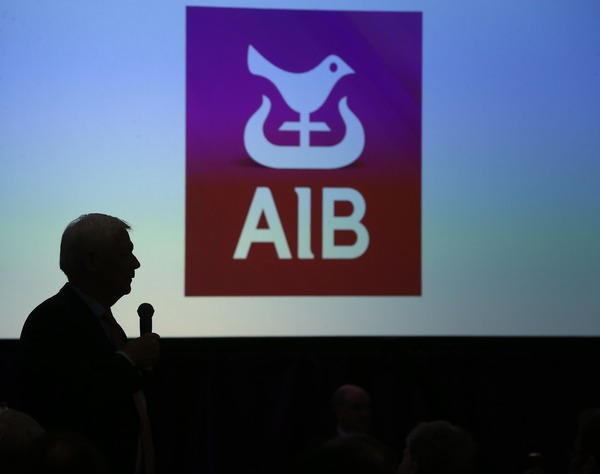AIB was meant to have been thoroughly scrubbed and disinfected prior to its return to public markets in December 2017. In the run up to the flotation it cut 3,000 jobs and reduced bad loans from €29 billion to €8.6 billion. A fresh start. But AIB is stuck with its past. In the 2019 results, released on Friday, after tax profit was down two thirds to €364 million. Much of the drop is explained by a combined €582 million worth of provisions for dealing with the tracker mortgage fallout. The Central Bank confirmed the scale of the tracker problem two…
Cancel at any time. Are you already a member? Log in here.
Want to continue reading?
Introductory offer: Sign up today and pay €200 for an annual membership, a saving of €50.

